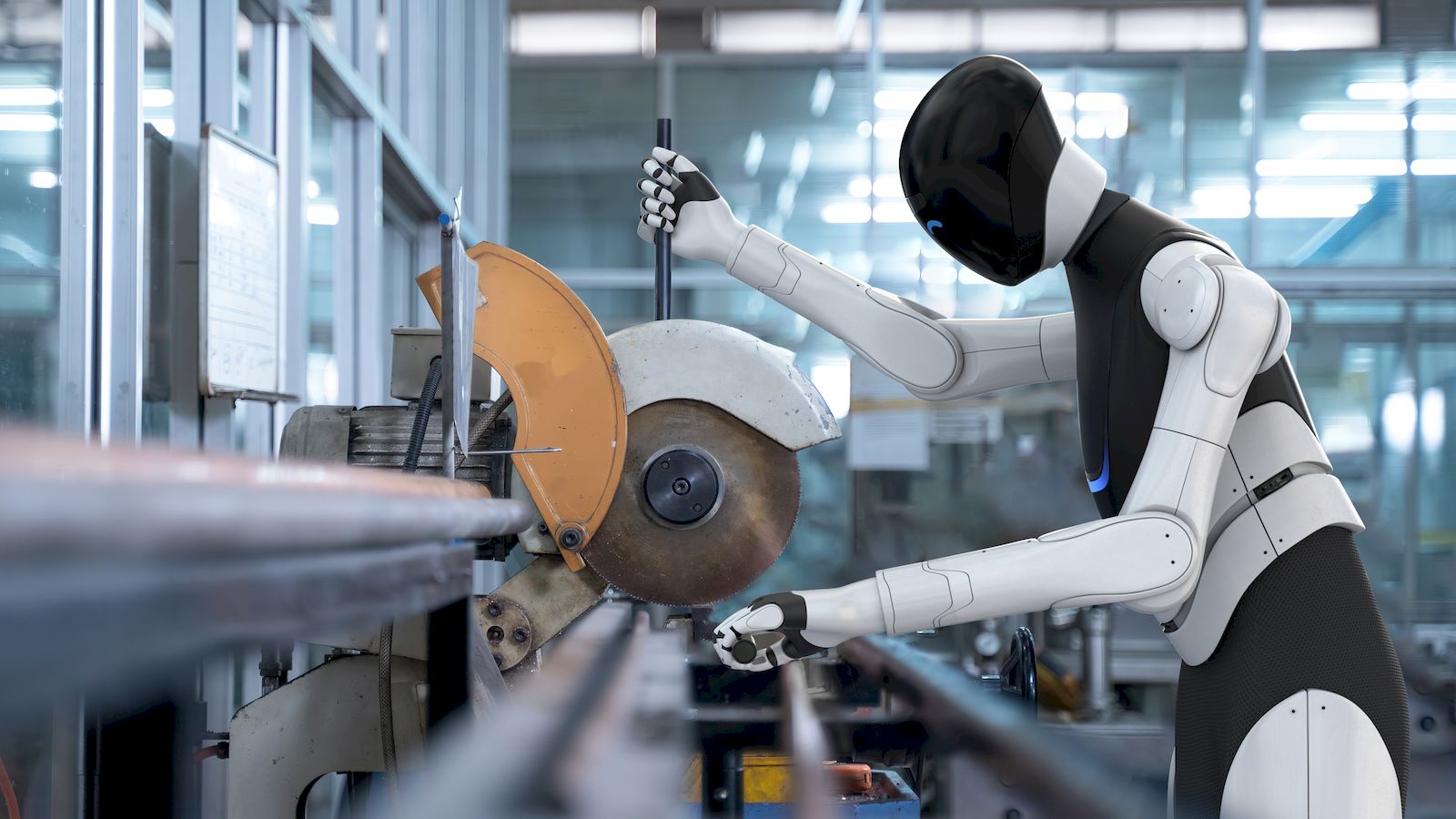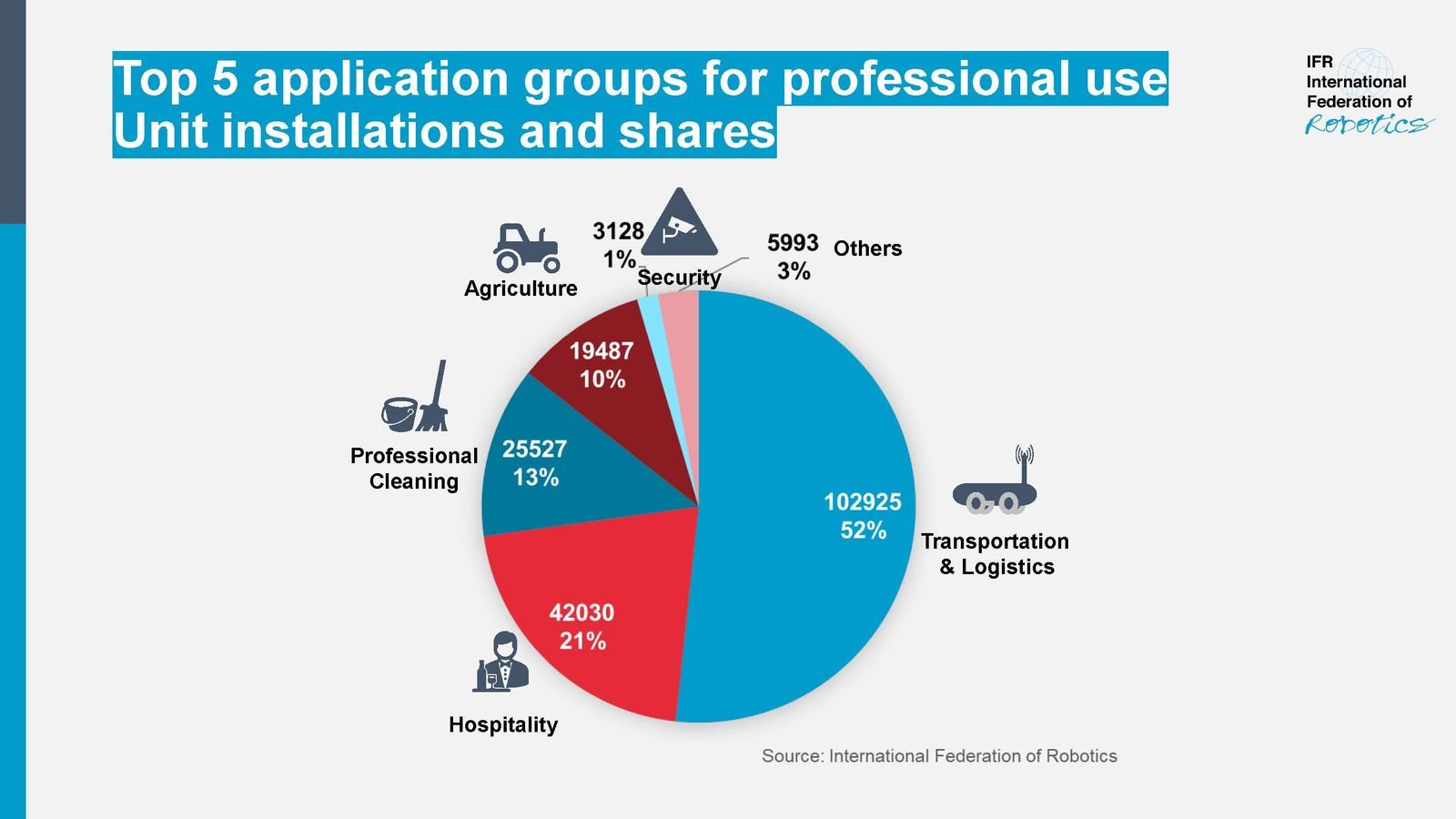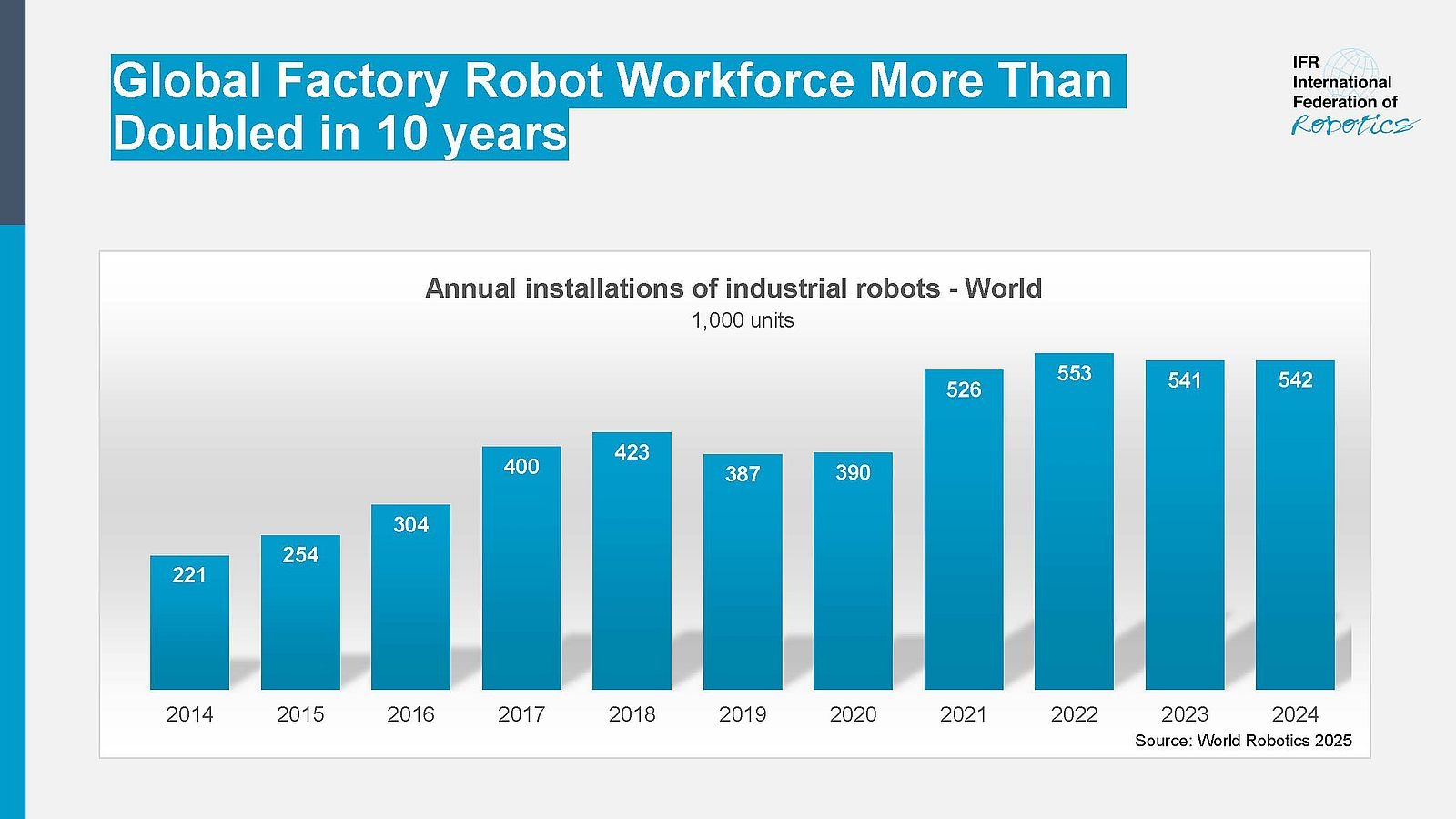
Humanoid Robots: “Vision and Reality” Paper Published by IFR

Humanoids are considered to be the next big thing in robotics. Picture source: Neura Robotics
“Futuristic humanoids working in homes, businesses, and public spaces fuel people's interest," says Takayuki Ito, President of the International Federation of Robotics. “Since our environment is optimized for the human body the demand for a quick, universal helper to maintain manufacturing and services is evident. If and when a mass adoption of humanoids will take place remains uncertain. In any case, humanoids are not expected to replace the types of robots currently on the market in the future. Instead, they will complement and expand upon existing technology.”
Humanoid adoption by region
In the United States, tech companies like NVIDIA, Amazon and Tesla are heavily developing advanced AI and robotics technologies. Besides military funding, a lot of private investments support this development and result in a large number of start-ups developing humanoid robots. There is a strong interest in using humanoids in logistics and manufacturing. These machines are seen as tools for enhancing productivity and efficiency rather than as social companions. The focus is more on practical applications and less on integrating robots into daily social life.
China put humanoids in the center of their national strategy. The government wants to showcase its competences and global competitiveness in this field of technology. There is a strong emphasis on using humanoids in the service sectors, such as customer service. The use in manufacturing to automate production lines and reduce reliance on human labor seems only a second step. One key element of the Chinese strategy is to establish a supply chain for key components that is scalable.
Japan has been a pioneer in the development of humanoid robots with Honda's Asimo being an early example unveiled in October 2000. Robots are regarded as companions rather than mere tools. Humanoid robots such as Pepper and Palro are designed primarily as social robots and are used in educational settings, commercial stores and elderly care facilities. This reflects the needs of Japan's ageing society. The focus is on creating robots that can live harmoniously with humans and are accepted as part of society. Leading companies such as Kawasaki are developing humanoid robots as research platforms.
Europe places a strong emphasis on the ethical implications of robotics and AI. Europe has a significant focus on collaborative robots that work alongside humans in industrial settings. The focus is on enhancing safety, efficiency, and human capabilities, rather than on replacing human workers. The focus is on human-centric design and the social and societal impact of robots. European businesses are more cautious about the use of humanoids to meet the automation needs of the manufacturing and service sectors in the short to medium term.
Outlook
Thanks to their human-like dexterity and adaptability, humanoids are well placed to automate complex tasks with which current robots struggle using traditional programming methods. However, mass adoption as universal household helpers may not happen in the near or medium term.
About the POSITION PAPER Humanoid Robots – Vision and Reality by IFR
Free download at https://ifr.org/papers/downloa...
Content overview:
- Hype about humanoids?
- What is a humanoid robot?
- Recent technology trends
- Customer industries
- Benefits of humanoids
- Regional differences
- Tradeoffs and limitations
- Outlook
Contact
International Federation of Robotics
PRESS OFFICER
Carsten Heer
phone +49 (0) 40 822 44 284
E-Mail: [email protected]




